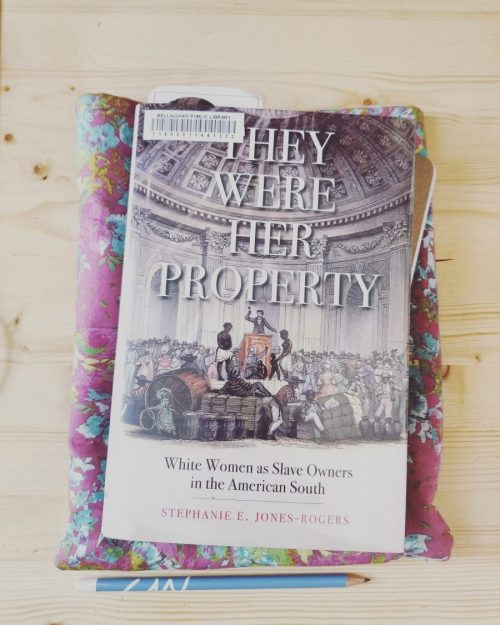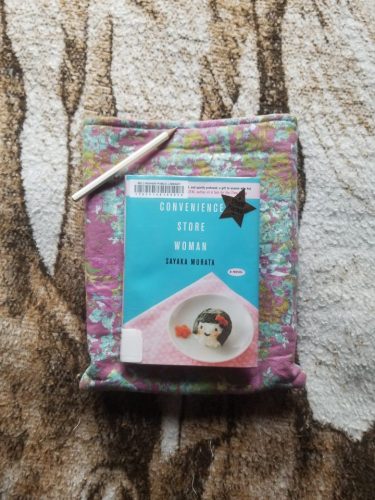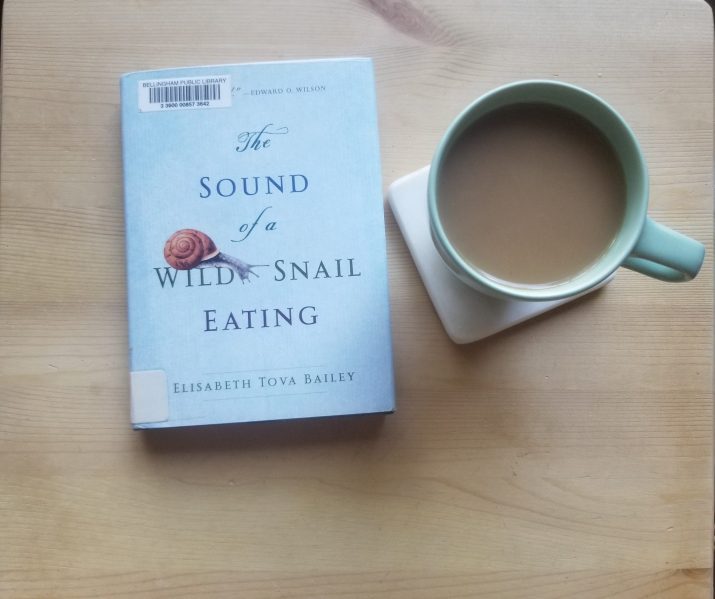Convenience Story Woman by Sayaka Murata, translated by Ginny Tapley Takemori was a facinating little…

They Were Her Property by Stephanie E. Jones-Rogers
In They Were Her Property: White Women as Slave Owners in the American South, Stephanie E. Jones-Rogers smashes all stereotypes of white women in the south: gentile flowers afraid of or sheltered from cruelty, subject only to their husbands wills, fainting at the slightest provocation and as such never able to engage in the rigors slave ownership.
The idea that white women were, or more broadly that women in general are not capable of unspeakable evil, is profoundly offensive and categorically not true. It’s an idea that for centuries (or millennia) has perpetuated and succeeded in not only hiding the crimes against humanity perpetuated by upper class white women but in denying the stories of those oppressed, in this case enslaved black people.
Jones-Rogers tackles each idea set forth by historians gone before her and offers evidence overlooked and discredited for no other reason than it did not fit the narrative, or that it was not common enough to render comment. Slave ownership by women was not so uncommon as to leave no evidence, there was plenty from which Jones-Rogers worked.
Women sued their husbands in chancery courts to maintain control over their human property when their husbands showed themselves to be irresponsible. Surprising, and then we learn that “[i]n stark contrast to common law courts, jurists in nineteenth-century chancery courts treated married women as distinct persons, not as individuals joined in unity with their husbands” (45).
Slave-owning parents willed their daughters any number of enslaved persons (3) (though most often women) and presented this inheritance in clear legal language (though of course some language was not tight enough, and some women lost control of their human property (55)).
White women being humans showed all variations of ownership from measured management of a business woman (if that sounds terrible it’s because it is / was) to unbridled fury. Sometimes the violence was used to support their power, with them periodically forcing “enslaved men, women, and children to watch as a way of further convincing them of that power” (79) . Their husbands were even sometimes horrified by the violence (73).
Jones-Rogers shows us that white women found their way to live and thrive in a society built upon the ownership of other humans. And in the end, when the last days of slavery dawned on these women, they fought hard to keep their human property, or they sold off said property and came out of slavery better off than some of their other slave-owning neighbors who did not see the end nearing so quickly. And being human,some of them wrote themselves the victims of a change of history.
Note: I took a long time to read this book and returned it to the library nearly two weeks late. I didn’t get all the page numbers for all the important points I mentioned. There’s so much more to it, it deserves a permanent space on my bookshelf. Read it.



Comments (0)